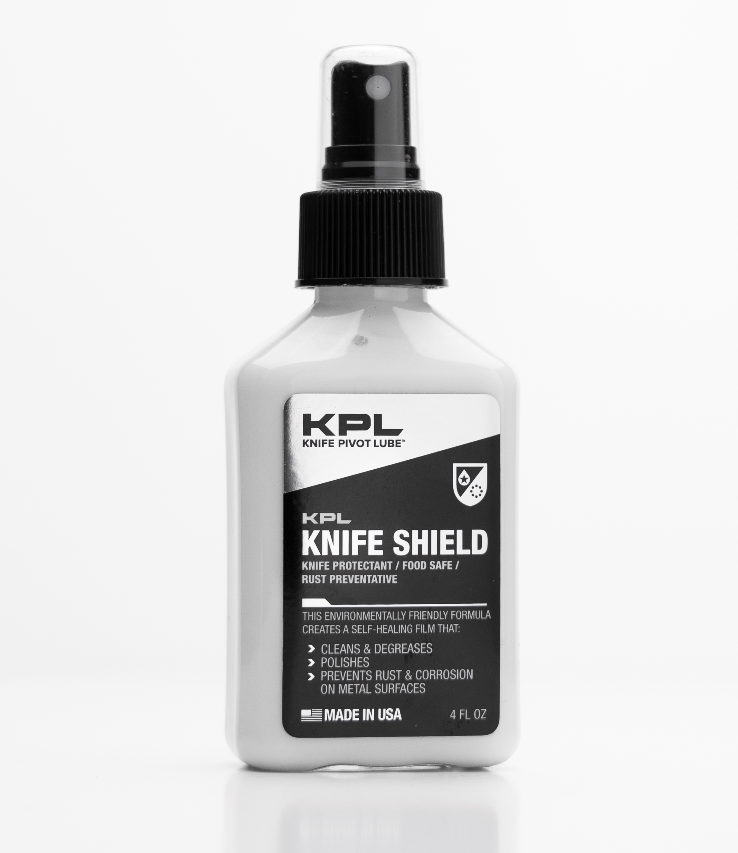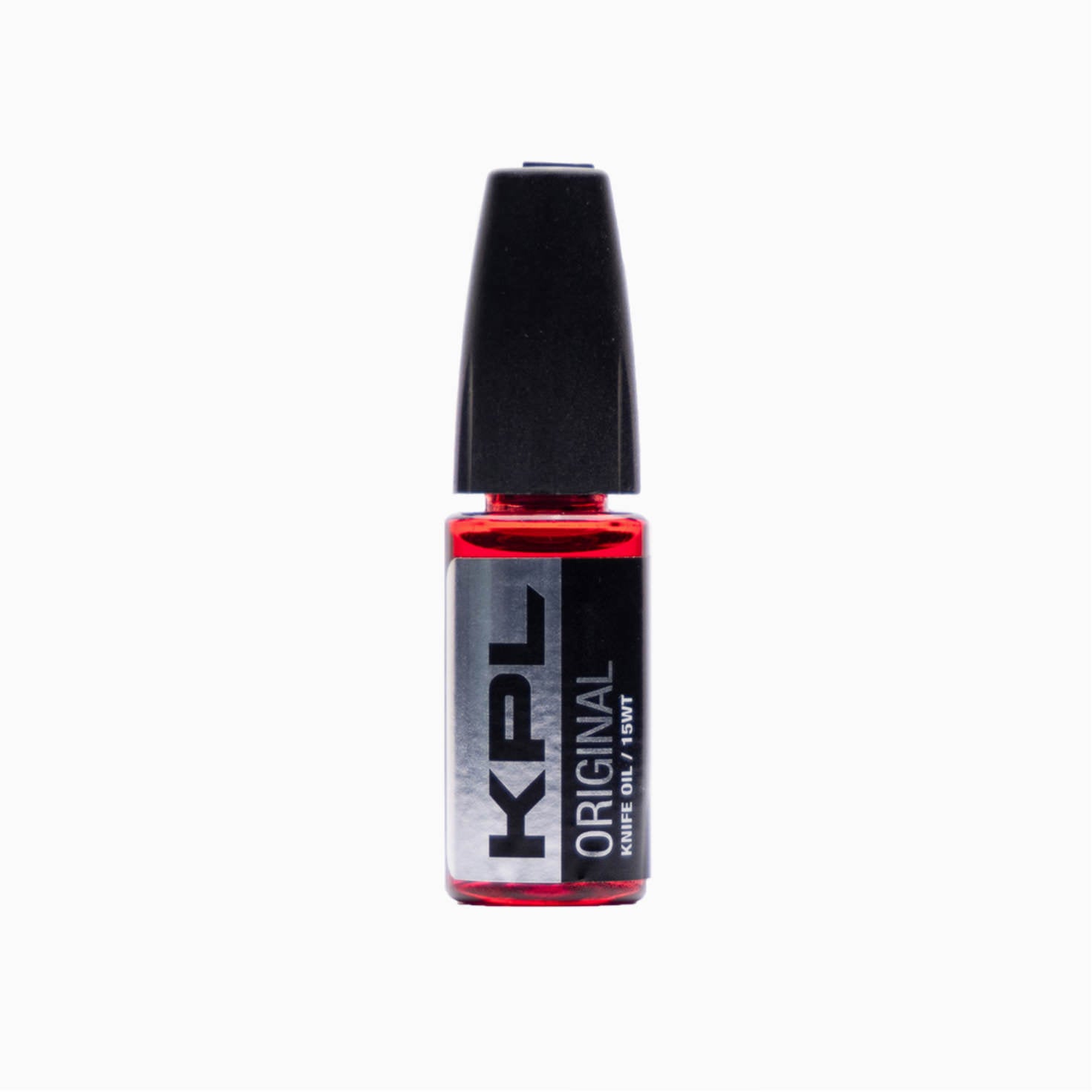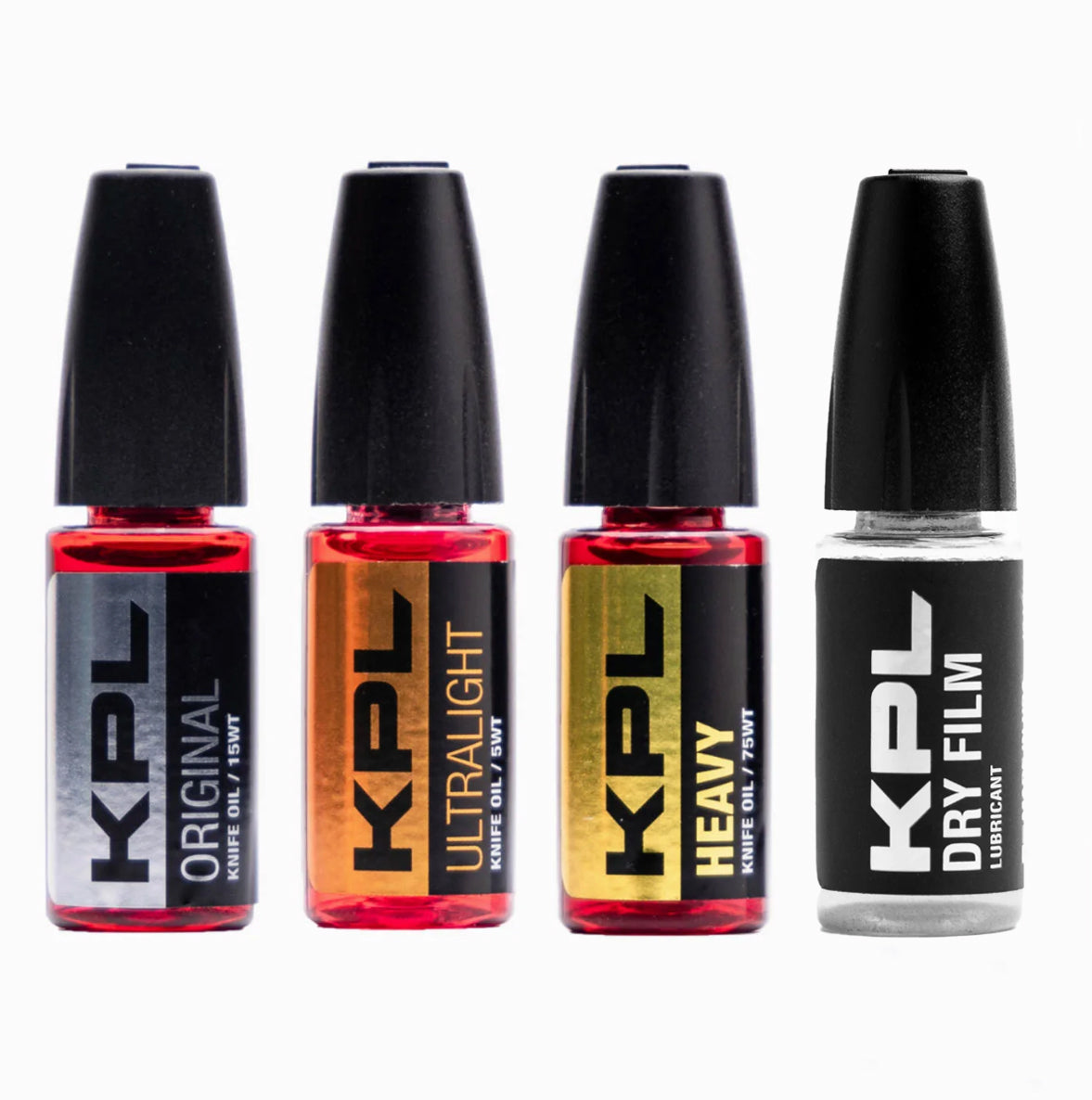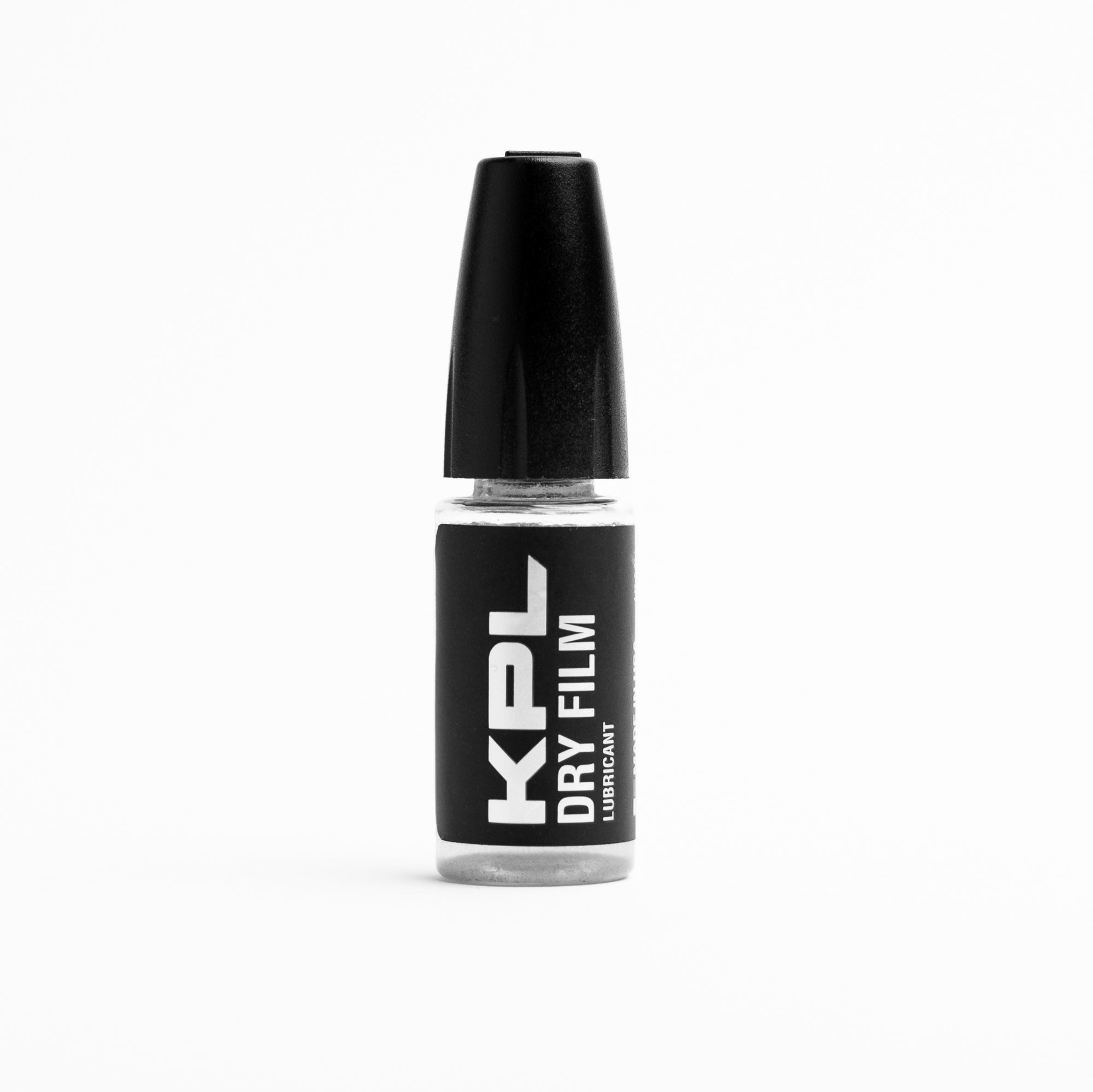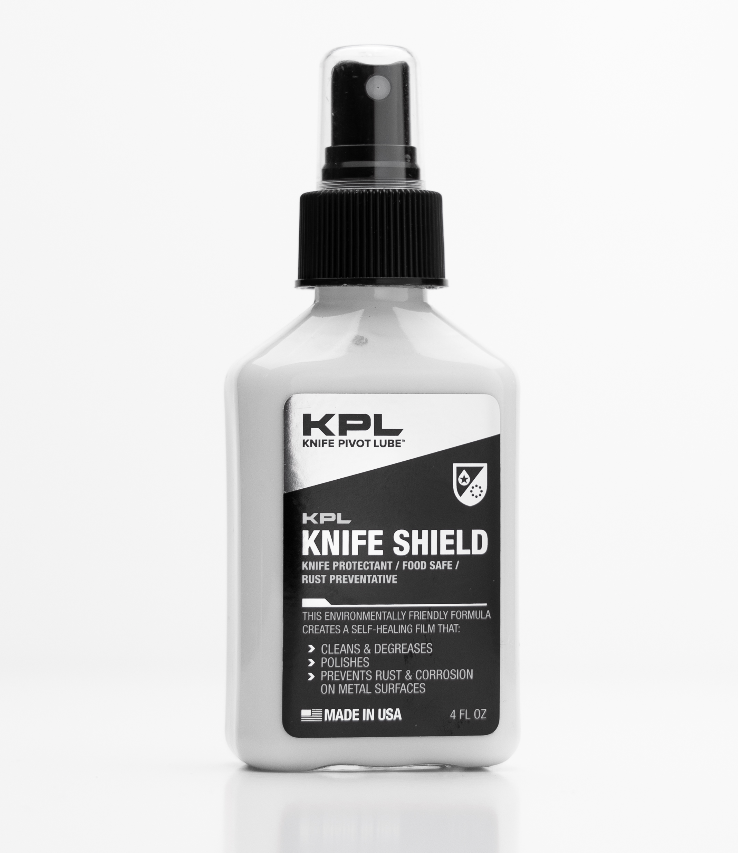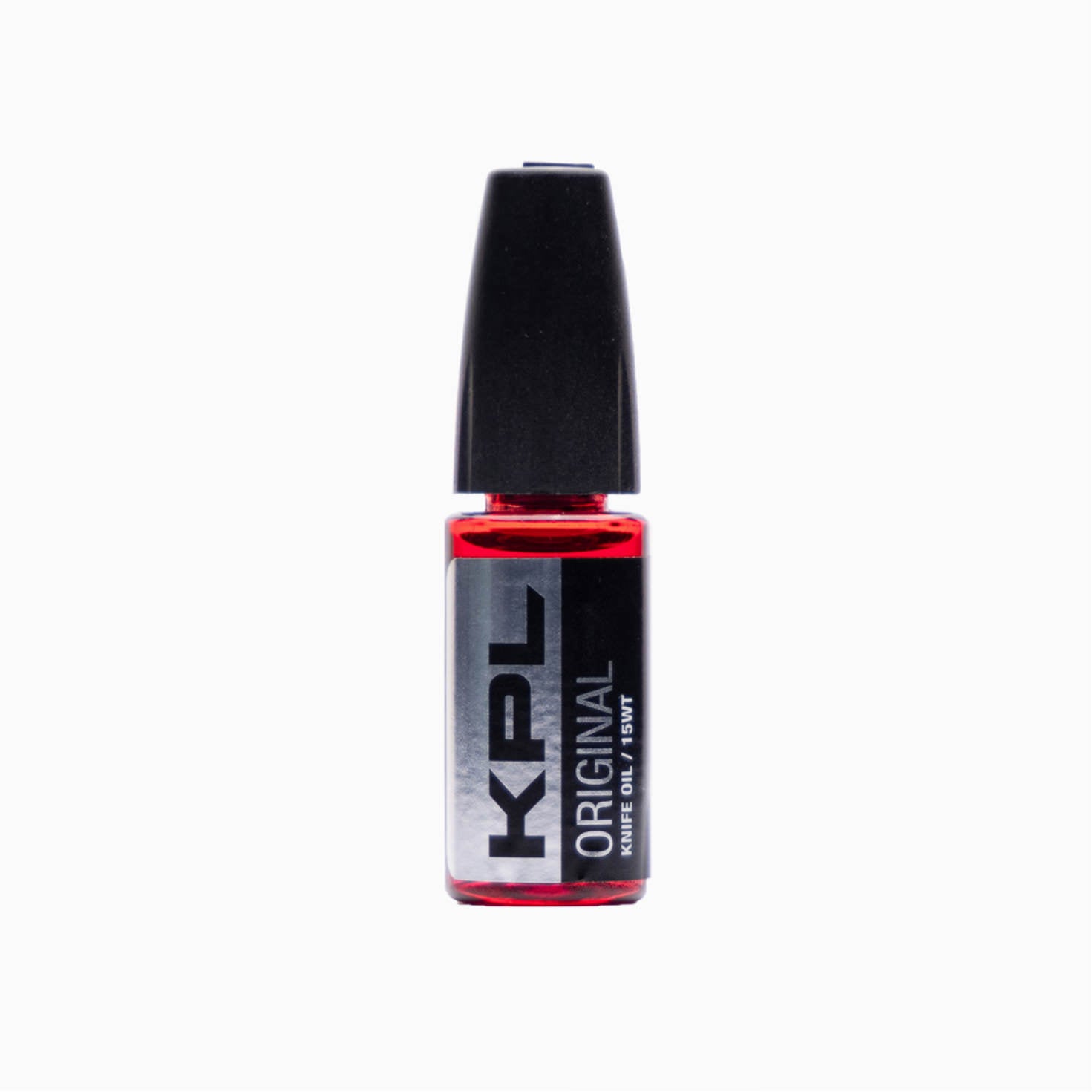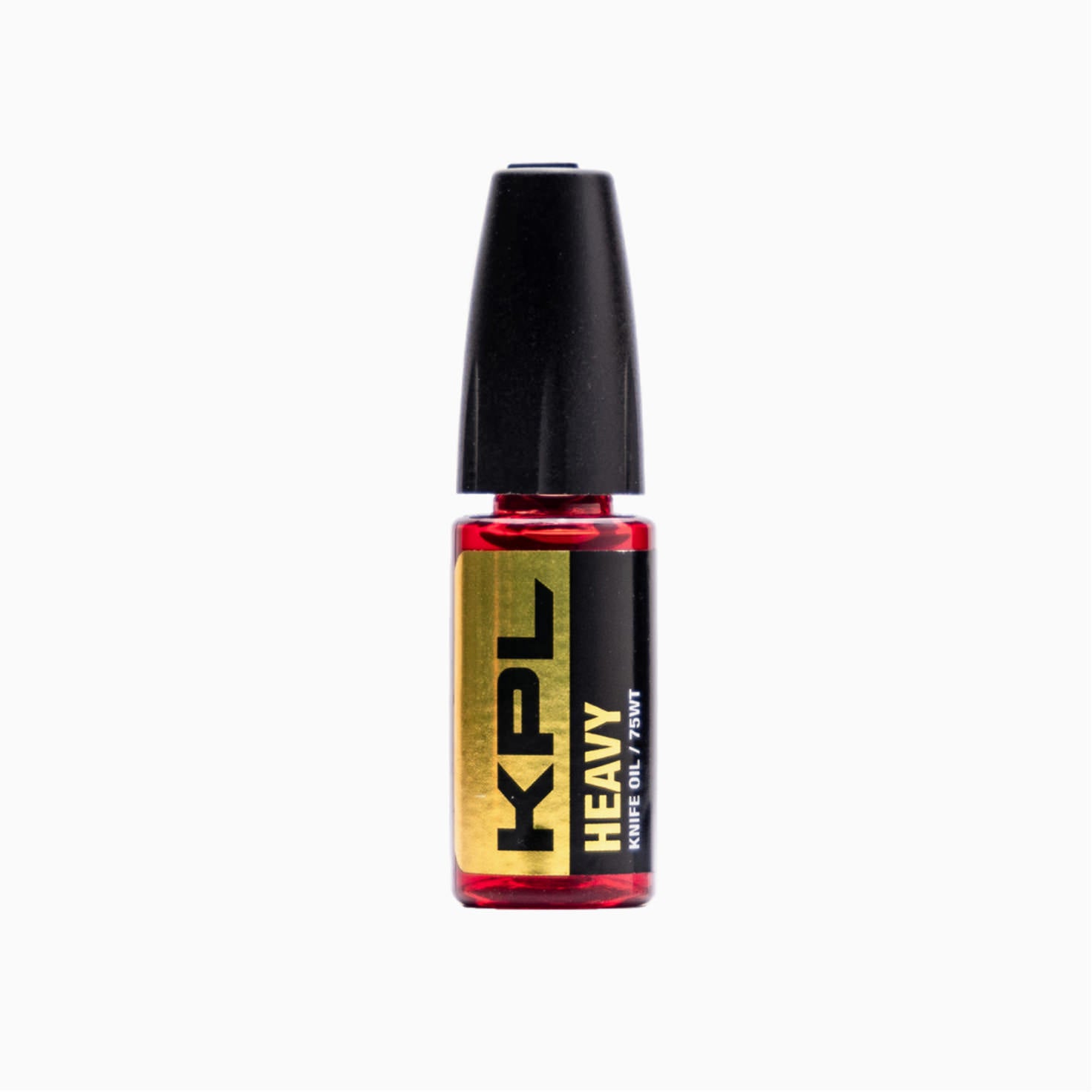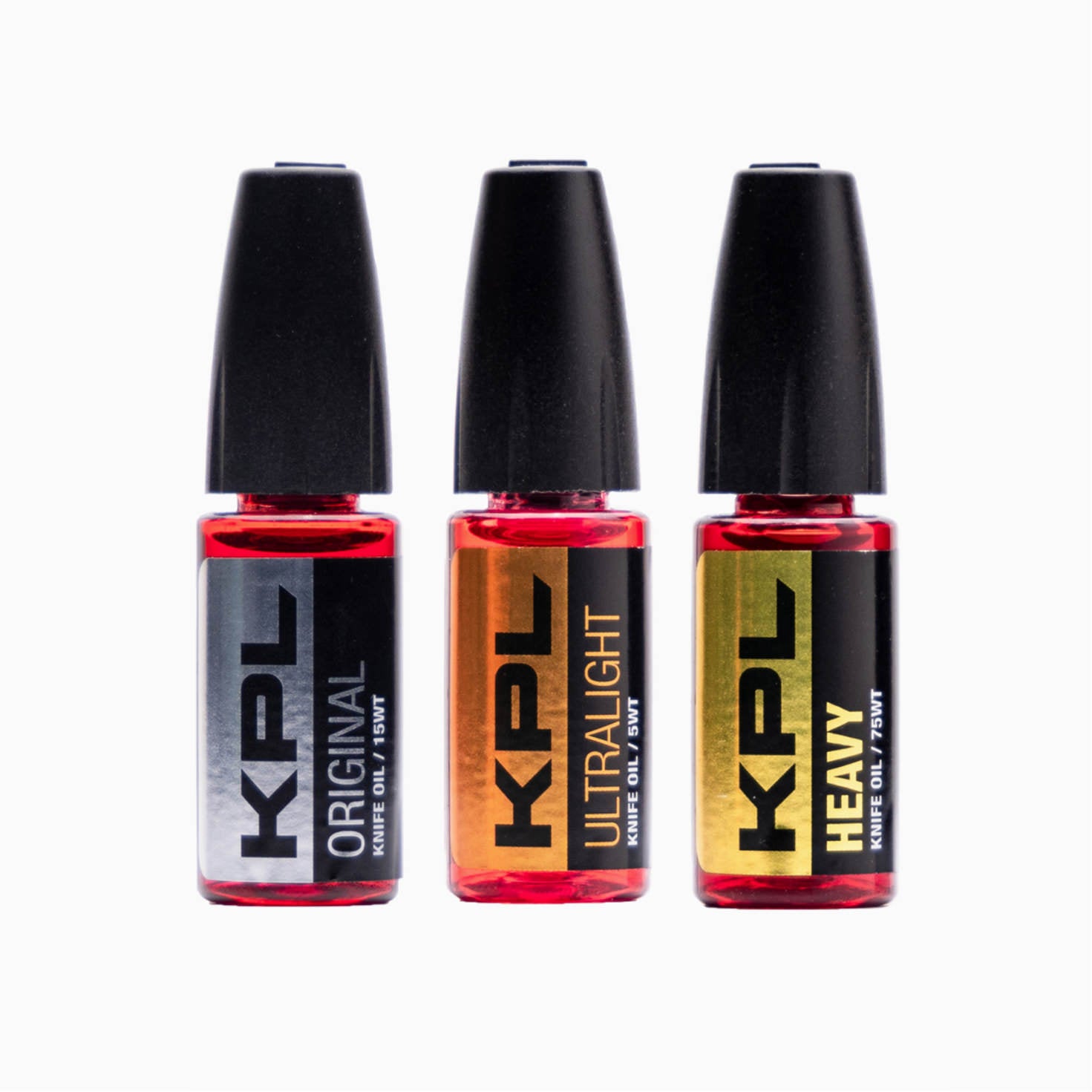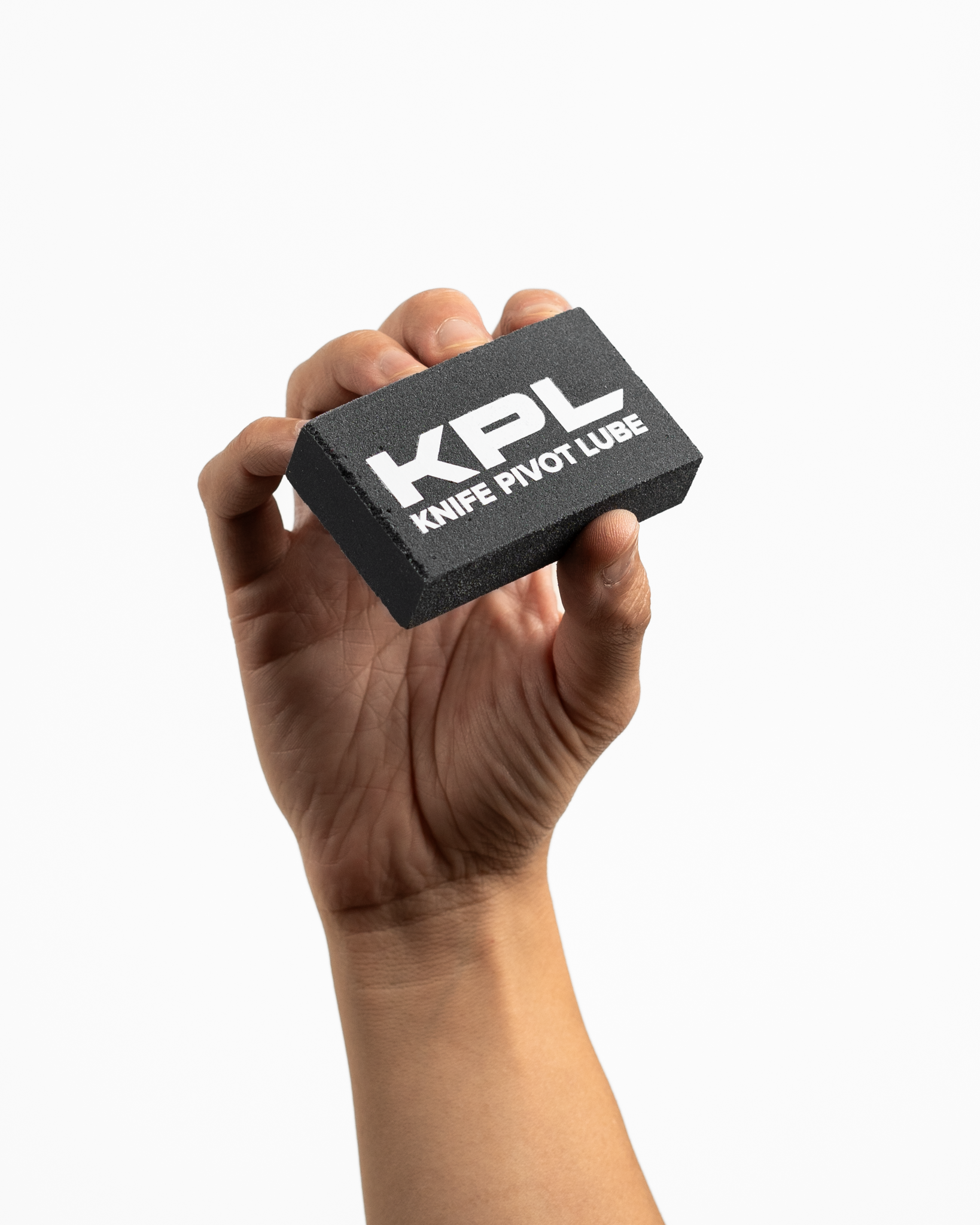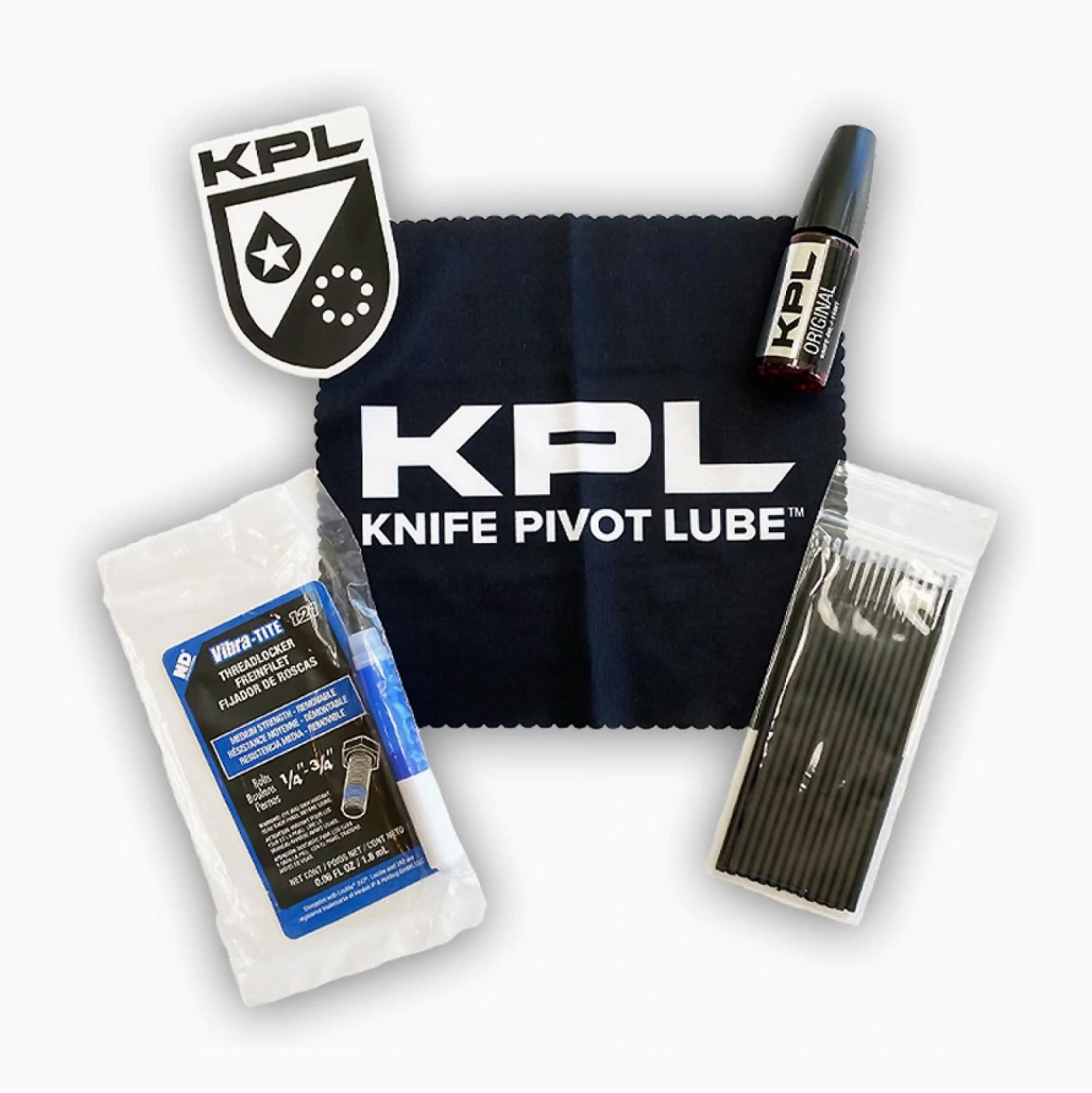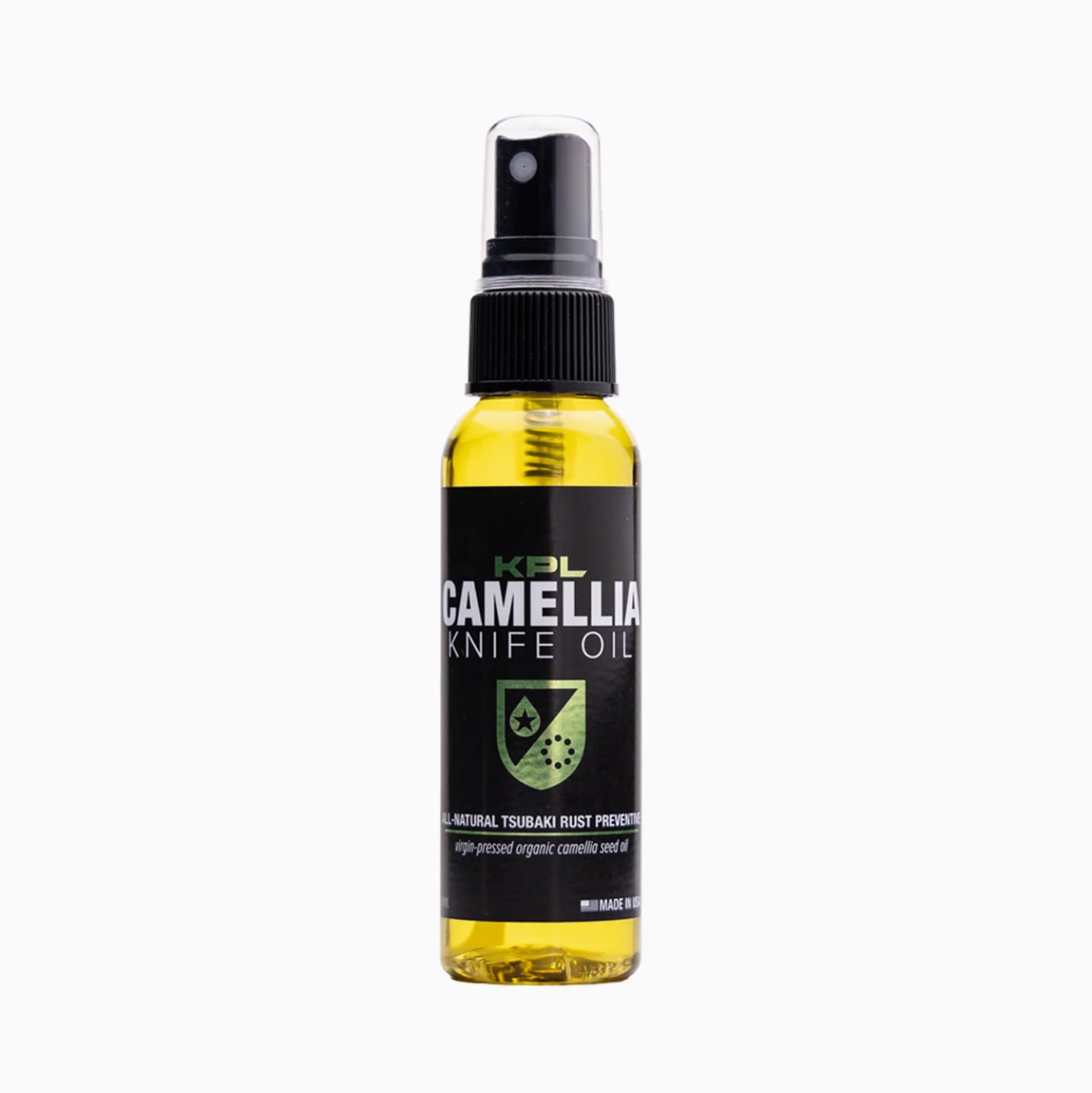Ah, the age old Case knife. Born and still manufactured in Bradford, Pennsylvania, it is a staple in many workshop drawers and pockets of fathers and grandfathers. In days of old, it was a farm knife. The perfect size to fit in the pocket, undisturbed by other items jangling around as there's no pocket clip to be snagged on or prohibit easy deployment.
Being that it's a chore knife, one can also assume that the Case knife in general has many other uses, such as whittling, woodcarving, gardening, and cutting the occasional fruit.
Case knives and other traditional folders get DIRTY! Since they do tend to collect so much crud during daily use and in-pocket carry, we figured it would be beneficial to go over how to lubricate and clean one.
Step 1: Light Cleaning

First of all, you'll want to remove debris and dirt. In order to make sure no residual dust or particles fall into the pivot, be sure to first wipe the knife down with a light plastic/nylon brush (old toothbrushes are great for this), and follow with a moist microfiber cloth.
Be sure not to leave moisture on or in crevices, as this may cause surface rust to form.
One of the dirtiest spots in these pocket dwelling blades is the area where the blade sits at rest while closed. Lint, dirt, and other debris here leads to wear and tear and can harbor moisture long after the knife has been subjected to water or sweat contamination. Be sure to remove this with a cotton swab or cloth.
Step 2: Lubricate!

Luckily, since you are working with a traditional folder, there's nothing for you to tear down. Case knives are meant to stay in one piece! Since you're not disassembling your knife, you need to be certain that your lubricant penetrates deeply, reaching every surface and interface.
Our Knife Pivot Lube products contain wickability modifiers that help oil to seep into the tight interfaces between knife parts quickly and effectively.
Apply a drop or two of lubricant to the pivot of each blade (be sure to get all points, up to 3 or 4 on stockman models), work the blades of your knife open and shut several times, then swab away excess lubricant with a cotton swab.
In addition to the pivots, I'm always sure to add a bit of lubricant to all steel parts. This includes any locking mechanisms (if there are any).
Applying a bit to the blade, where the blade rests, and pins with a q-tip can displace moisture and prevent rust. It also keeps the metal fresh and healthy. Be sure to also clear the locking mechanism of any debris, and apply some extra lubricant for good measure.
Step 3: Finish, Clean and Wrap-Up

Lastly, give the entire knife a once-over. For scales (wood, abalone, bone, etc...) I often apply a light coat of wax in order to prevent debris and moisture from invading any cracks, as well as to apply a nice shine. A wipe down with a microfiber cloth can also make sure any residual debris are removed, and buff out any light scratches or marks.
Once these steps are taken, your Case knife will look and operate good as new! After the oil has a few minutes to settle, open and close the blade a few times, engaging the locking mechanism to allow its new lubricant to also take action. After a few cycles, you'll really start to notice how smooth it is!
Enjoying a classic, traditional pocket knife is definitely something every knife nut should experience. Case knives are a blast from the past, and are still built and operate at standards that make these tools last a lifetime. With basic TLC as explained above, a Case knife can easily be passed on for multiple generations.


